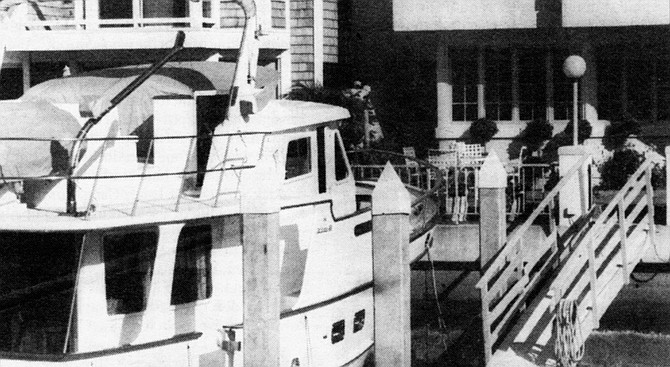
Photo by Sandy Huffaker, Jr.
Coronado Cays "It was designed for boat owners, so we have a lot of slips, about 700, with between 72 and 279 houses per village."
- When you turn off the road, past the uniformed fellow in his guard house and through one of the several wide gates, you have the impression of being in a suburban stretch of England’s Upper Thames or a yachting community in Bermuda. “Decked out in white jacket and pith helmet, the smiling, friendly Jamaican guard is the first indication that you’re about to enter a distinctly different world of residential living.” (Apr. 22, 1993)
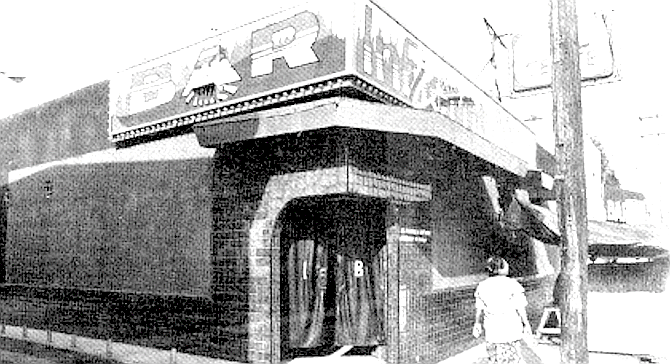
El Infierno, a whole building covered with painted flames, stands directly opposite Coahuila’s only church.
- Now, the idea of sitting at tables with cocktails while watching half-dressed boys and girls mime to Liza Minelli songs as they wade through a miasma of dried ice is perhaps a concept of entertainment that has long died out elsewhere in the world, but not at the New York Club (March 26, 1992)

Highway 57 is one of the few modern roads in the Republic and takes the Expresso through rich farmland to the outskirts of Queretaro.
- The mechanic with the gold tassel jumps up and begins shouting at the driver and at the three helpers squatting in the cabin. He draws his finger playfully across his throat. The bus is, in any case, grinding to a halt of its own accord. It has stopped in the middle of a small plain littered with concrete drums, shreds of plastic trash, and a million warbling cicadas. (April 2, 1992)
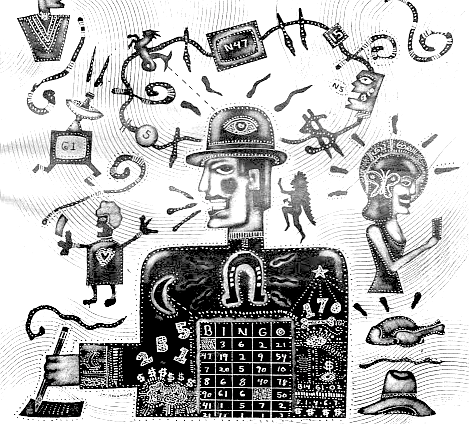
Suddenly it occurs to him he is not just on a small road in the middle of nowhere on the edge of Dehesa.
- Next to him, an immense pile of blue satin holds a hardened female gambler with bulbous veins on the backs of her hands and a face terrifying in its bingoed cynicism. To judge by the bitter peony mouth with its radial cracks on either side and the haunted, mascaraed eyes — which have in them the kind of worldliness one sometimes discovers in the eyes of certain dominant pigeons — bingo can certainly harden the soul. (Feb. 6, 1992)
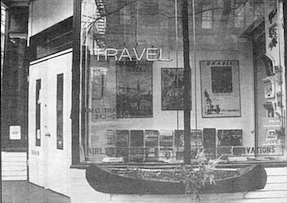
Travel Corp., West Greenwich Village. “I don’t think it’ll be your cup of tea. Unless you’re into the Hillcrest-Black’s Beach gay thing."
- “So you want to go to San Diego for a holiday?” the immaculate youth in the Southwick madras suit says, rolling his eyes a little and looking at me firmly to make sure I am not pulling his leg. “Fine. Actually, it’s a lovely place, in some ways. Lovely beaches, as a matter of fact, and some lovely hotels. Great zoo, too). And the deserts, of course. No, really, it’s a lovely place." (Jan. 14, 1993)
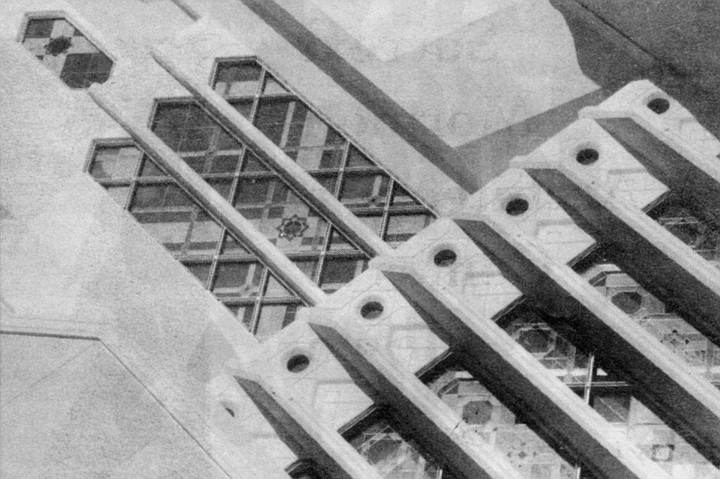
The La Jolla temple is stranger than the modernist church buildings in Rancho Santa Fe by Charles Moore and Garden Grove by Philip Johnson.
- Because of spiraling costs, the tiered fountain that was to have poured water into a reflecting pond south of the temple has been scrapped. And the “marble” towers turn out, on closer inspection, to be sheathed in a marble-like acrylic material called EIFS. Nevertheless, says Clyde Romney, “We have tried to create something as near perfect as possible.” (Nov. 25, 1992)
Lawrence Osborne is a British novelist who wrote feature stories for the Reader from 1992 to 1994.
His novels include The Forgiven, The Ballad of a Small Player, Hunters in the Dark, Beautiful Animals, Ana Malina.
Only to Sleep, a Philip Marlowe novel, was an NPR Best Book of 2018 and was nominated for a 2019 Edgar Award.
His nonfiction includes Paris Dreambooks, American Normal, The Naked Tourist, The Accidental Connoisseur, Bangkok Days, Poisoned Embrace, The Wet and the Dry.
 Facebook
Facebook
 X
X
 Instagram
Instagram
 TikTok
TikTok
 Youtube
Youtube












